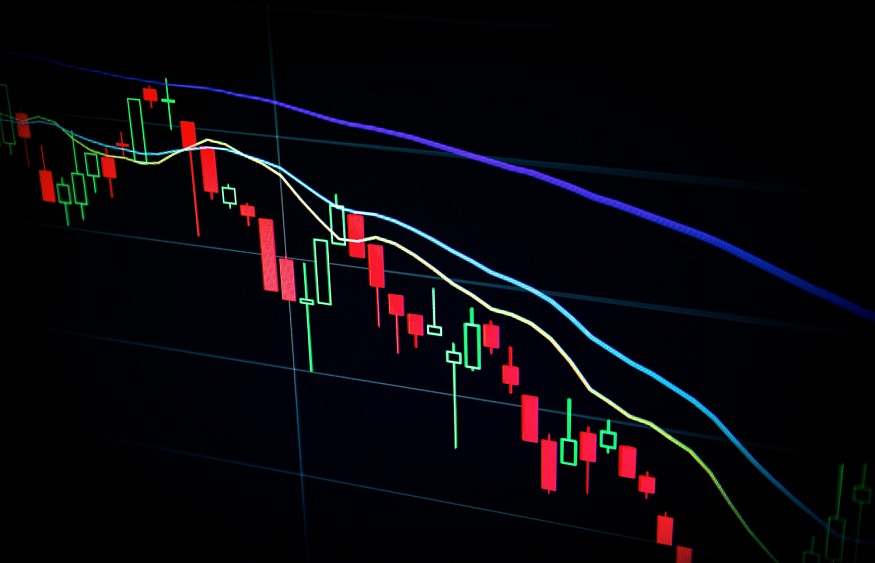Do you want to start trading stocks but need help knowing where to begin? Before you launch into the world of investing, it’s vital to understand the two main types of stock trading: day trading and swing trading. Day traders try capitalising on short-term market movements by quickly opening and closing positions —. In contrast, swing traders tend to take their time when entering a position, aiming for more significant returns over weeks or months.
Both offer unique benefits that can help any trader advance in the markets, but which one is right for your needs? In this article, we’ll explore the key differences between day and swing trading so that you can decide which strategy works best for your portfolio.
What are Day Trading and Swing Trading, and How Do They Differ
Day trading and swing trading are two popular methods of trading in the stock market, each with its unique strategies and risks. Simply put, day trading involves buying and selling securities within the same day, while swing trading involves holding positions for several days or weeks. Day traders capitalise on small price movements by entering and exiting multiple trades throughout the day. In contrast, swing traders aim to profit from more significant market movements over a more extended period.
Both approaches require careful analysis and research, but day trading requires constant attention and quick decision-making, while swing trading allows more flexibility and patience. Ultimately, the choice comes from personal trading style, risk tolerance, and market conditions. At Saxo, you can learn more about the performance of stocks to make an informed decision regarding which strategy to use.
Pros and Cons of Day Trading
Day trading is a great way to make quick profits if you know what you’re doing. It can be advantageous and help diversify your portfolio, provide some extra income, or even become your primary source of income.
However, day trading requires a lot of time and effort — plus, it also carries more risk than swing trading due to the shorter timeframe. You need to be prepared to watch the markets closely and respond quickly to remain profitable, as well as have enough funds available for margin requirements if you plan on day trading on margin with leverage.
Pros and Cons of Swing Trading
Swing trading is excellent for those who need more time or energy to actively monitor the markets throughout the day. It allows traders to take a longer-term view of their investments. It lets them hold positions for weeks or even months, giving them more time to make informed decisions without worrying about short-term market fluctuations.
On the downside, swing traders must have much capital to make sizable profits. Swing trading also risks increased losses if the market moves against you, and it can require more research than day trading since positions are held for extended periods.
The Right Time Horizon for You
When deciding between day trading and swing trading, it’s essential to consider your personal risk tolerance and time horizon. If you’re looking for quick profits and aren’t afraid of taking risks, then day trading might be the right choice. However, swing trading could be the way to go if you need more flexibility and want to take a longer-term view of the markets.
Ultimately, the decision between day trading and swing trading comes down to personal preference. Do what works best for you and your trading style. Be sure to do your research before jumping in, though — regardless of which approach you choose.
Risk Management Strategies for Either Strategy
It’s also important to remember that both day trading and swing trading come with their own risks. It’s essential to have a sound risk management strategy when entering any trade, no matter which approach you choose.
One common strategy is always maintaining a stop-loss order, even if it’s just a small one. It will help you limit your losses if the market turns against you. You should also never risk more than a small percentage of your overall trading capital on any single trade, as this can lead to significant losses and put undue stress on your portfolio.
Finally, it’s important to remain disciplined when trading. It means sticking to pre-determined entry and exit points based on your analysis rather than relying on emotions. The more disciplined you are in sticking to your plan, the better your chances of making consistent profits over time.
Common Pitfalls to Avoid When Choosing a Strategy
When deciding which strategy to pursue, avoiding common pitfalls such as overtrading and overleveraging is crucial. Overtrading is when traders take too many positions simultaneously, leading to significant losses due to market fluctuations. Meanwhile, overleveraging is when traders use excessive amounts of leverage to increase their potential returns — but this can also lead to significant losses if the market moves against them.
It’s also important to remember that no trading strategy is foolproof, and you should never invest money you cannot afford to lose. If you are new to investing, starting with a small amount of capital is best to slowly increase your portfolio size as you gain more experience.


